EU declaration conformity
Alarm signalling unit | flush mounting, 230 VAC
Product description
The flush-mountable HVAC alarm unit is designed to provide both audible and visual notifications. It is equipped with a buzzer for generating audible alerts and LED indicators in green, yellow and red colours for visual notifications.
The unit is controlled via Modbus RTU communication, enabling seamless integration with other devices and systems in your HVAC setup. The supply voltage for this alarm unit is 230 VAC and the unit can be connected directly to the mains.
The enclosure provides an IP30 protection rating against the ingress of dust and is suitable for flush and surface mounting.
Documents
Additional specifications and description
Is my ventilation system currently in operation?
The ALFB8 is intended for generating visual and sound notifications for monitoring the status of ventilation systems and HVAC installations via its green, yellow and red LEDs and an incorporated buzzer with different operating modes. This unit proves particularly beneficial when HVAC systems are located in challenging-to-access areas. Utilizing this alarm module enables you to confirm the operational status of your ventilation system and swiftly identify any potential issues.
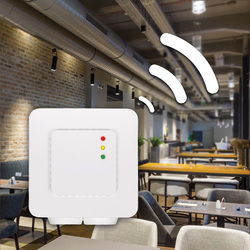
What makes the installation easy?
The ALFC8 visual and audible alarm module offers an exceedingly straightforward installation process, making it a versatile choice for various wall types, from a brick wall through drywall to any kind of wall panel. Its mounting holes align perfectly with standard circular European wall boxes commonly used for flush mounting. However, you do not have to choose between different product versions as the enclosure has an all-in-one design - for flush and surface mounting. The choice is yours - whether to discreetly place the module within the wall or mount it on the surface. Basic tools like screwdrivers and pliers, along with a bit of know-how and dexterity, are all that's required for installation.
How Do Spring Clamps Simplify Wiring?
The unit incorporates spring clamp terminal blocks, which simplify the wiring process compared to the commonly used screw clamp terminal blocks. These terminal blocks are equipped with spring-loaded clamps that securely grip the wires. To insert a wire, you can apply downward pressure on the spring-loaded clamp with a flathead screwdriver, allowing the wire to be inserted directly into the terminal. The clamp then firmly secures the wire in place, establishing a strong and reliable electrical connection.
The spring mechanism in these terminal blocks ensures consistent pressure on the wire, eliminating the risk of it coming loose over time. This feature not only expedites the wire installation process but also guarantees a dependable electrical connection. The reliable connection provided by the spring clamp terminal blocks simplifies the overall installation process and ensures a secure electrical connection for optimal performance.
Why Use 230 VAC in ALFB8 Modules?
This article is -8 version, meaning it operates utilizing 230 VAC. The advantages of 230 VAC include more efficient power transmission over long distances, making it the standard voltage for residential and commercial power distribution. This reduces energy loss during transmission. Additionally, 230 VAC-powered systems are less susceptible to electromagnetic interference and noise, which can enhance the performance of sensitive electronic equipment. Also, standardizing on 230 VAC simplifies device design and compatibility, eliminating the need for power transformers and converters. Consequently, you will not need an external power supply module to deliver lower current to the ALFB8; you can directly connect the module to the electricity network.
What are the additional features?
The alarm module features Modbus RTU communication, allowing for precise configuration adjustments using the Modbus register map, providing a comprehensive overview of customizable settings. HVAC alarm systems employing Modbus technology can seamlessly integrate with other Modbus-compatible devices and systems, such as controllers and gateways. This integration enhances communication and collaboration between various components of the HVAC system, improving overall monitoring and control functions. However, if you choose not to utilize this feature, the module can operate with its default settings as a standalone device.

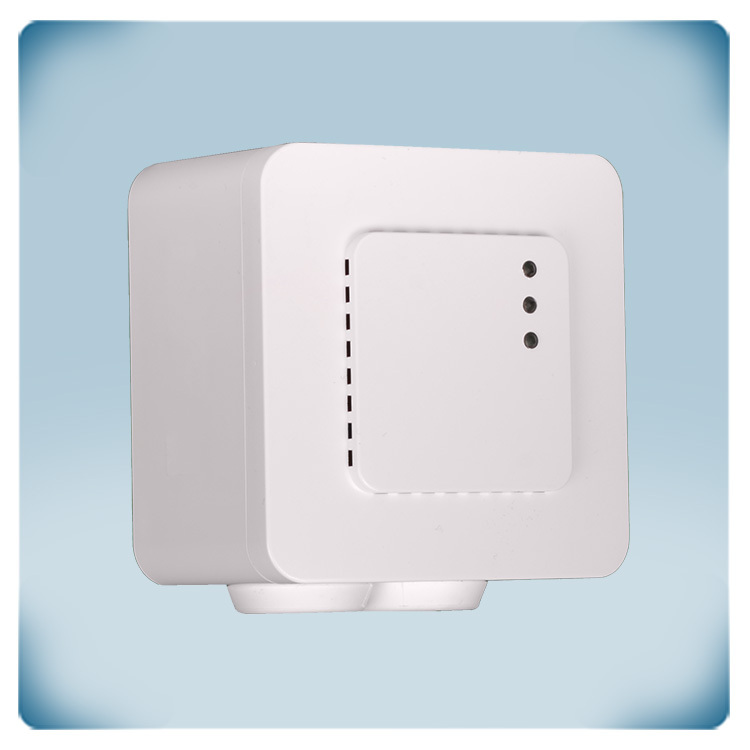
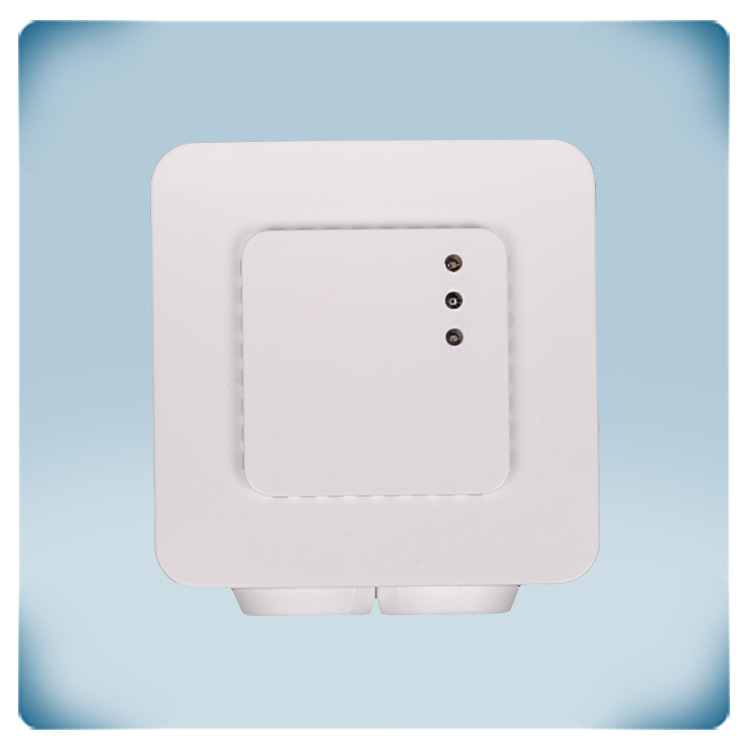

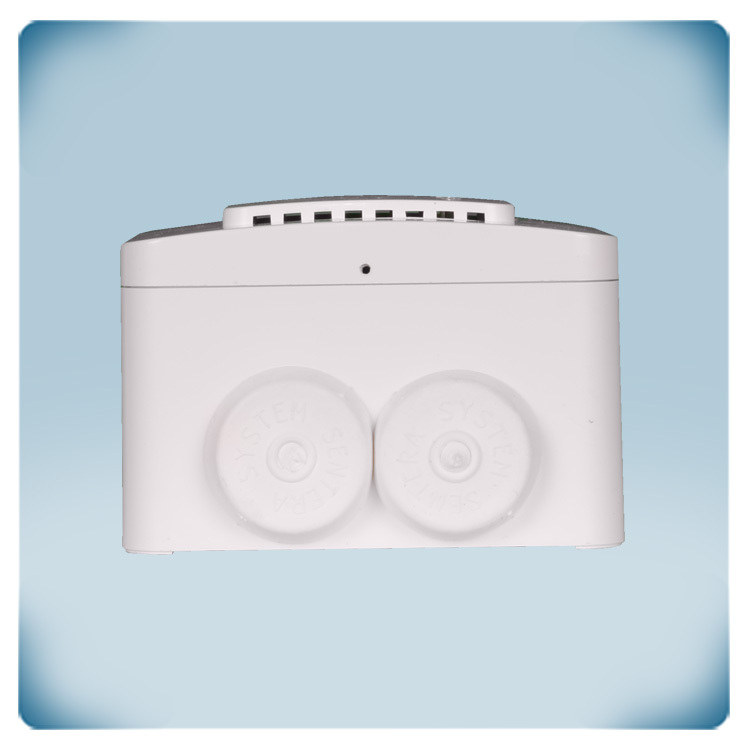
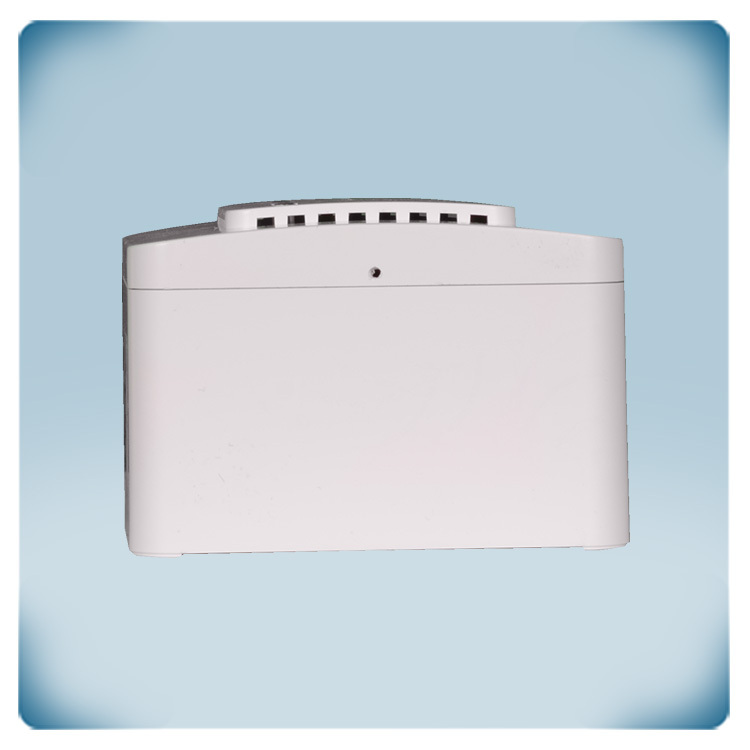
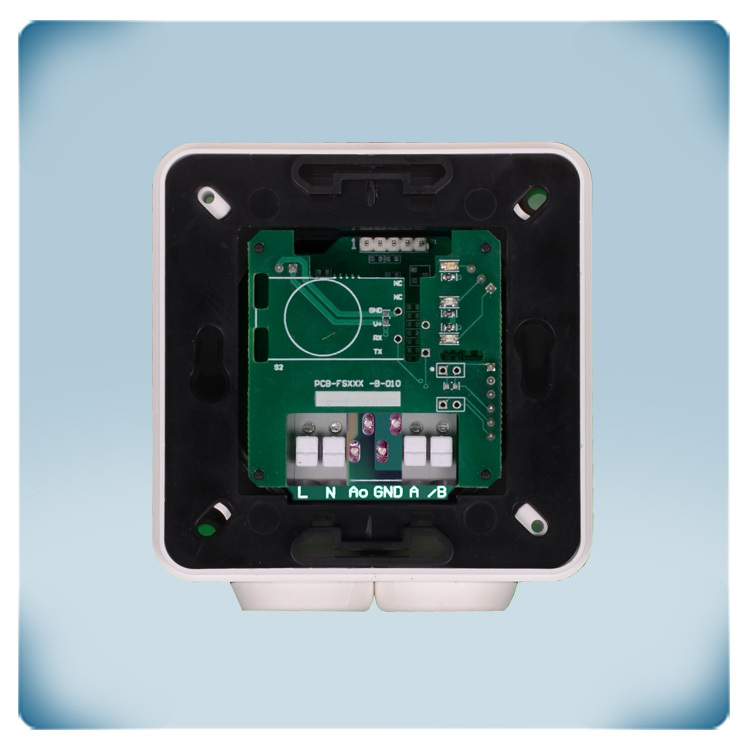
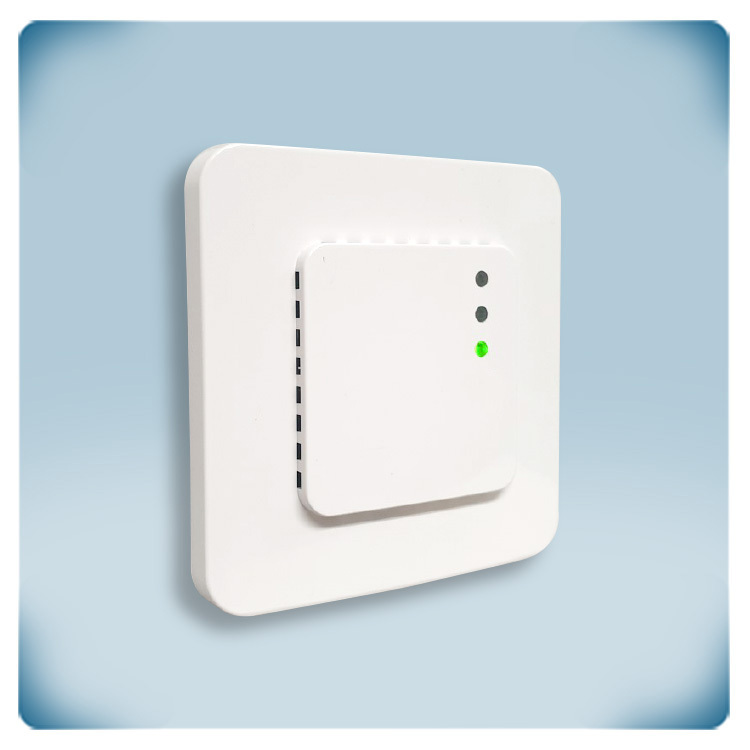
.webp)
.webp)
.webp)
.webp)
.webp)
.webp)
.webp)



Remarks, reviews & ratings